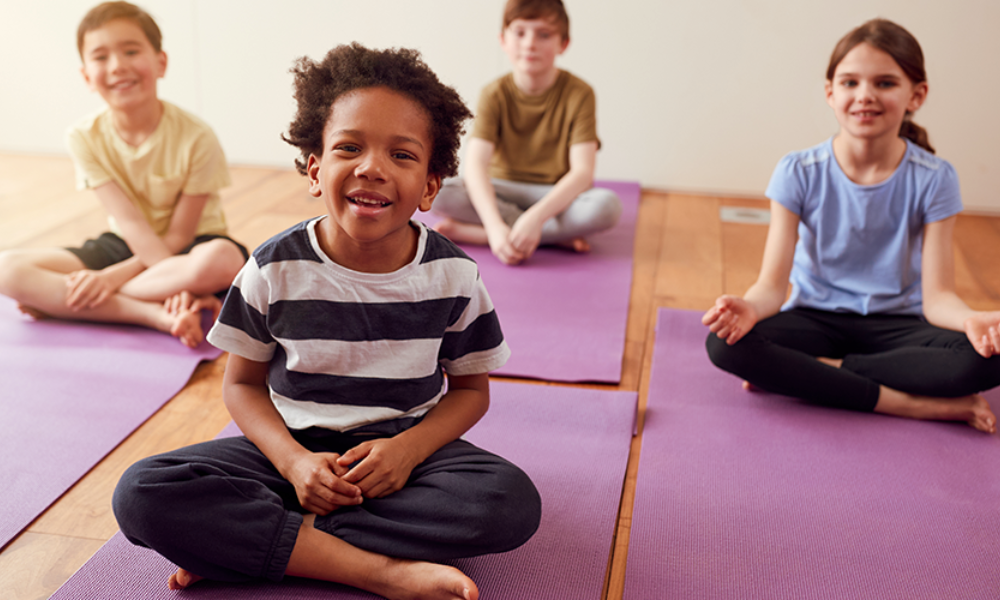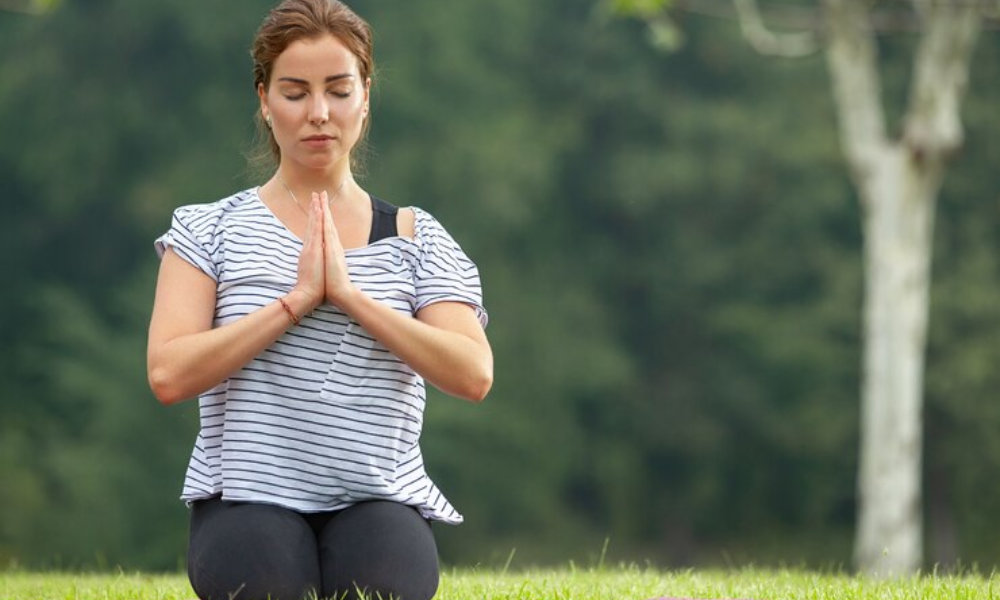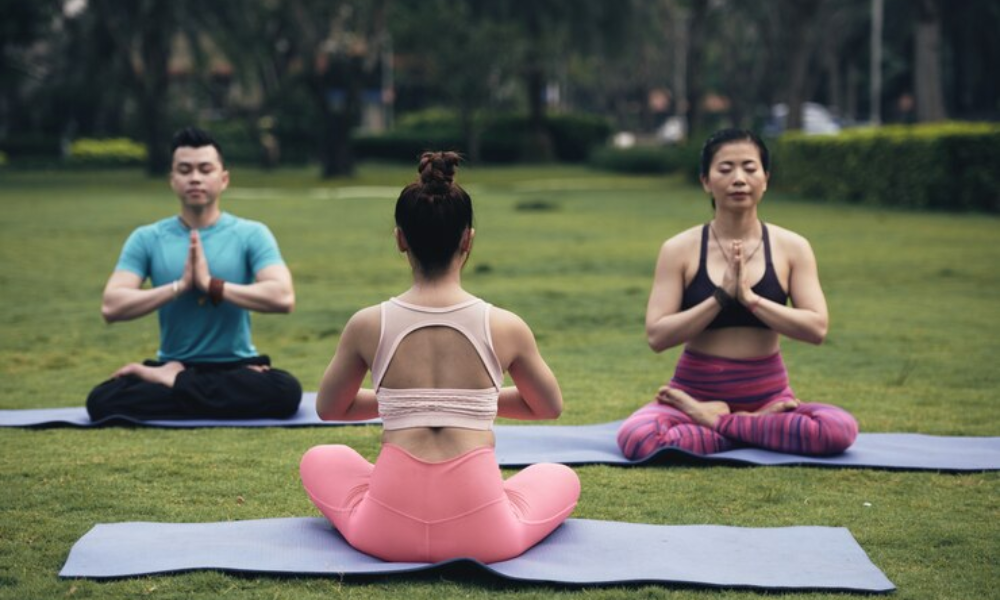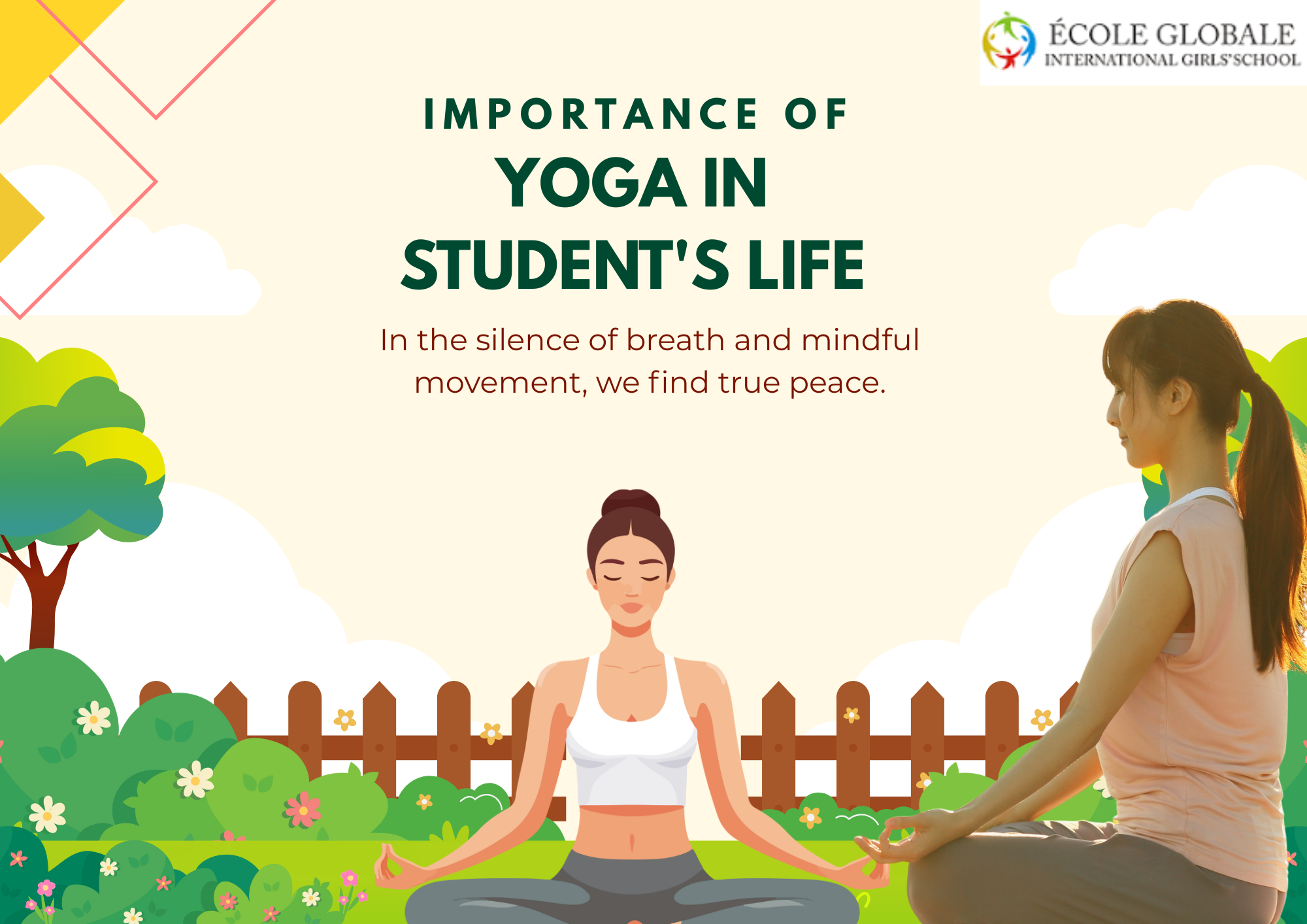In today’s fast-paced and demanding world, students face numerous challenges that can impact their overall well-being and academic performance. Incorporating yoga into their daily routine can be transformative, providing balance, resilience, and inner peace. This article explores the profound importance of yoga for students, highlighting how this ancient practice cultivates mind-body balance and nurtures holistic development.
The Physical Benefits of Yoga for Students

Enhanced Flexibility and Strength
Yoga poses, or asanas, are designed to improve flexibility importance of yoga and build core strength, leading to better posture, reduced pain, and a solid foundation for physical activity. Regular practice helps students develop:
- Increased flexibility: Yoga stretches the muscles, enhancing range of motion and reducing the risk of injuries.
- Improved strength: Many yoga poses build muscle strength, supporting the body and improving endurance.
- Better posture: By focusing on alignment, yoga helps students maintain proper posture, reducing back and neck pain.
Boosted Energy Levels
The combination of physical movement and controlled breathing in yoga revitalizes the body, combating fatigue and enhancing endurance. Key benefits include:
- Enhanced circulation: Improved blood flow delivers more oxygen to the muscles and organs.
- Increased vitality: Yoga helps release energy blockages, making students feel more energized and alert.
The Mental Benefits of Yoga for Students

Reduced Stress and Anxiety
Yoga’s focus on mindful breathing and present-moment awareness offers powerful tools to manage stress and anxiety, benefits of yoga for students have common challenges faced by students. Importance of yoga include:
- Calm mind: Techniques like deep breathing and meditation reduce cortisol levels, promoting relaxation.
- Stress relief: Regular practice helps students cope with academic pressures and social stressors.
Enhanced Concentration and Focus
Yoga cultivates the ability to quiet the mind and direct attention, leading to improved concentration during studies, exams, and other demanding tasks. Specific benefits include:
- Improved attention span: Mindfulness practices in yoga enhance students’ ability to focus.
- Better academic performance: Enhanced concentration translates to more effective studying and better grades.
The Emotional Importance of Yoga for Students

Increased Self-Esteem and Confidence
Yoga fosters self-acceptance and body awareness, boosting self-esteem and confidence. This is crucial for navigating social pressures and personal challenges. Benefits include:
- Positive self-image: Yoga helps students develop a healthy relationship with their bodies.
- Increased resilience: The practice builds mental strength, enabling students to handle setbacks with grace.
Developed Self-Discipline and Resilience
The practice of yoga cultivates self-discipline and perseverance, empowering students to overcome obstacles and navigate challenging situations. Benefits include:
- Enhanced discipline: Regular yoga practice instills a sense of commitment and responsibility.
- Greater resilience: Yoga teaches students to remain calm and focused under pressure.
Incorporating Yoga into Daily Routine

Finding the Right Fit
Different yoga styles cater to various preferences. For beginners, consider Hatha, Vinyasa Flow, or Restorative Yoga. Each offers a unique blend of postures, breathing, and meditation.
- Hatha Yoga: Focuses on basic postures and breathing techniques, ideal for beginners.
- Vinyasa Flow: Combines movement with breath, promoting flexibility and strength.
- Restorative Yoga: Emphasizes relaxation and stress relief, perfect for unwinding.
Beginner-Friendly Poses
Starting with beginner-friendly poses can help students ease into their yoga practice. Some recommended poses include:
- Mountain Pose (Tadasana): Cultivates awareness of alignment and posture.
- Downward-Facing Dog (Adho Mukha Svanasana): Builds strength and flexibility while calming the mind.
- Child’s Pose (Balasana): Provides deep relaxation and stress relief.
- Tree Pose (Vrikshasana): Enhances balance and focus.
Breathing Exercises and Meditation

Ujjayi Breath
This breathing technique involves a gentle constriction of the throat, creating an ocean wave-like sound. Benefits include:
- Promoted focus: Helps students concentrate during studies.
- Reduced stress: Calms the nervous system, promoting relaxation.
Nadi Shodhana (Alternate Nostril Breathing)
This practice balances the nervous system and calms the mind. Benefits include:
- Improved mental clarity: Enhances cognitive function and focus.
- Emotional balance: Reduces anxiety and promotes emotional stability.
The Ripple Effect: Yoga Beyond the Individual

The importance of yogaextend beyond individual well-being. When students cultivate well-being and resilience through yoga, they create a ripple effect impacting their:
Academic Performance
- Improved focus and concentration: Yoga hones the ability to focus and block distractions, leading to better absorption of information and improved academic performance.
- Enhanced memory and learning: Studies show yoga practices can positively impact memory function and cognitive skills.
Social and Emotional Learning
- Develop empathy and compassion: Yoga practices cultivate self-awareness and understanding, translating into empathy and compassion for others.
- Improved communication skills: By promoting mindfulness and listening skills, yoga empowers students to communicate effectively and navigate social situations with confidence.
Conclusion
Integrating yoga into a student’s life offers numerous benefits that support their holistic development importance of yoga. From managing stress and improving concentration to fostering emotional well-being and building self-discipline, yoga serves as a valuable tool for students to thrive academically, emotionally, and physically. By embracing yoga, students can enhance their overall well-being and create a positive ripple effect that extends beyond themselves, contributing to a more harmonious and thriving society.
Frequently Asked Question
Q1. How does yoga improve flexibility in students?
Answer. Yoga stretches muscles, enhancing range of motion and reducing injury risk, leading to increased flexibility.
Q2. What are the benefits of improved strength from yoga for students?
Answer. Improved strength supports the body, enhances endurance, and contributes to better posture.
Q3. How does yoga boost students’ energy levels?
Answer. Yoga improves blood flow and releases energy blockages, making students feel more energized and alert.
Q4. How can yoga help reduce stress and anxiety in students?
Answer. Yoga’s deep breathing and meditation techniques lower cortisol levels, promoting relaxation and stress relief.
Q5. How does yoga enhance concentration and focus in students?
Answer. Yoga’s mindfulness practices improve attention span and academic performance by enhancing focus.









